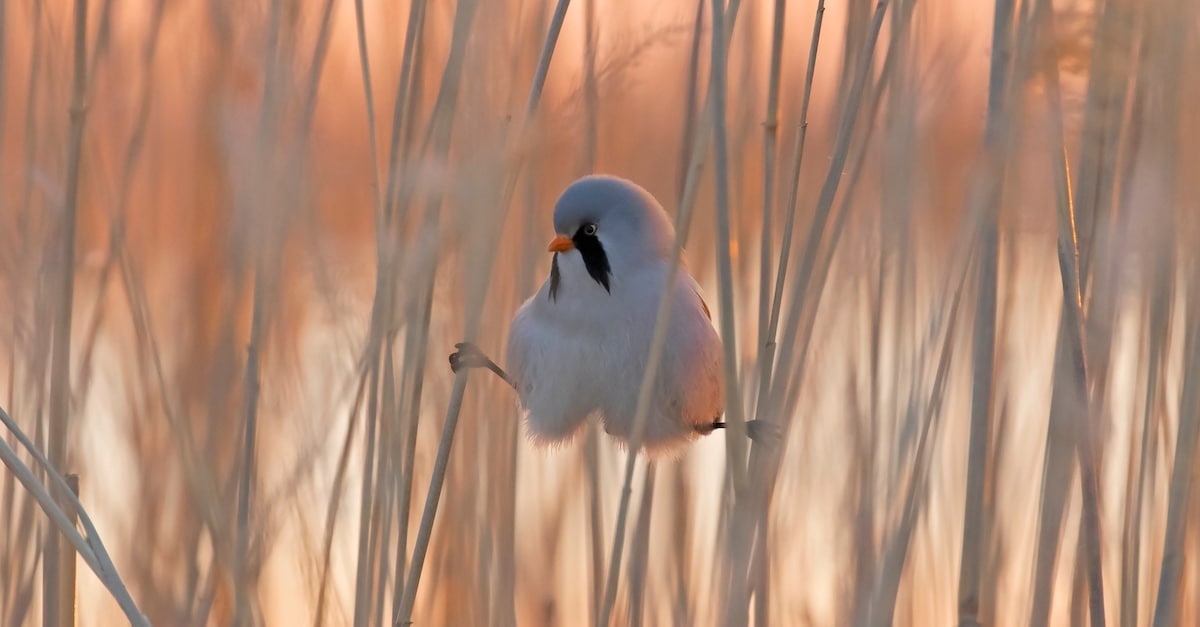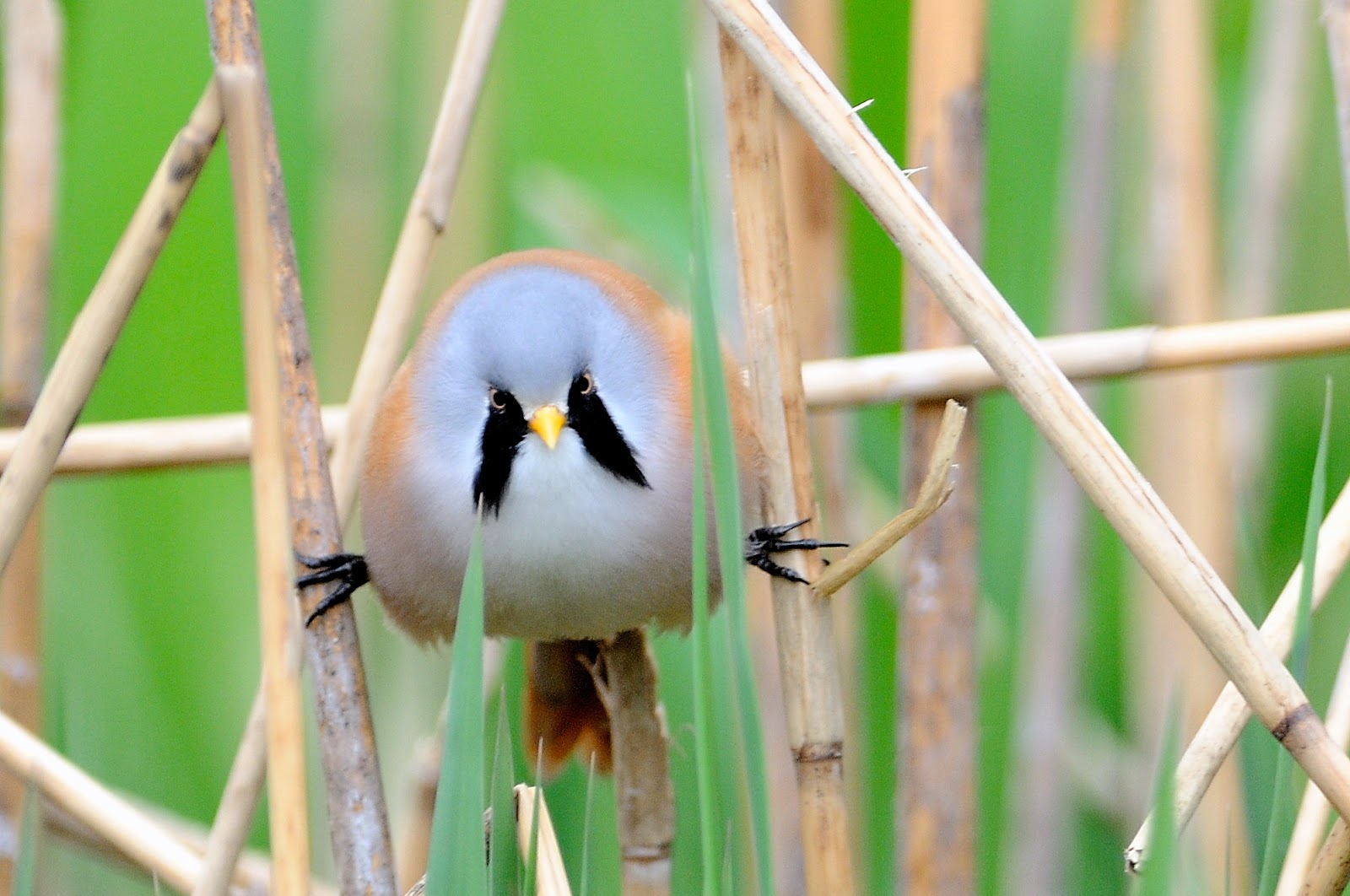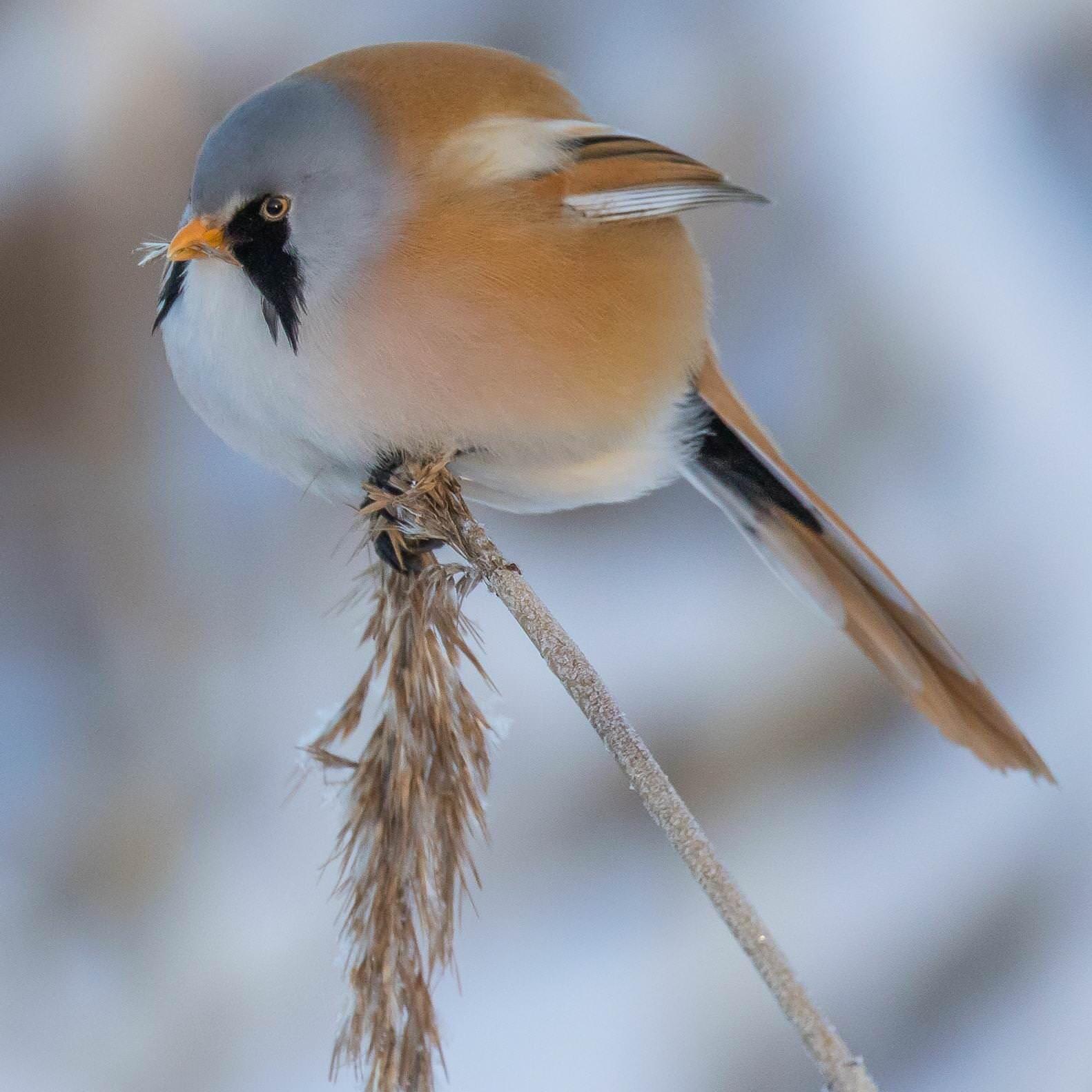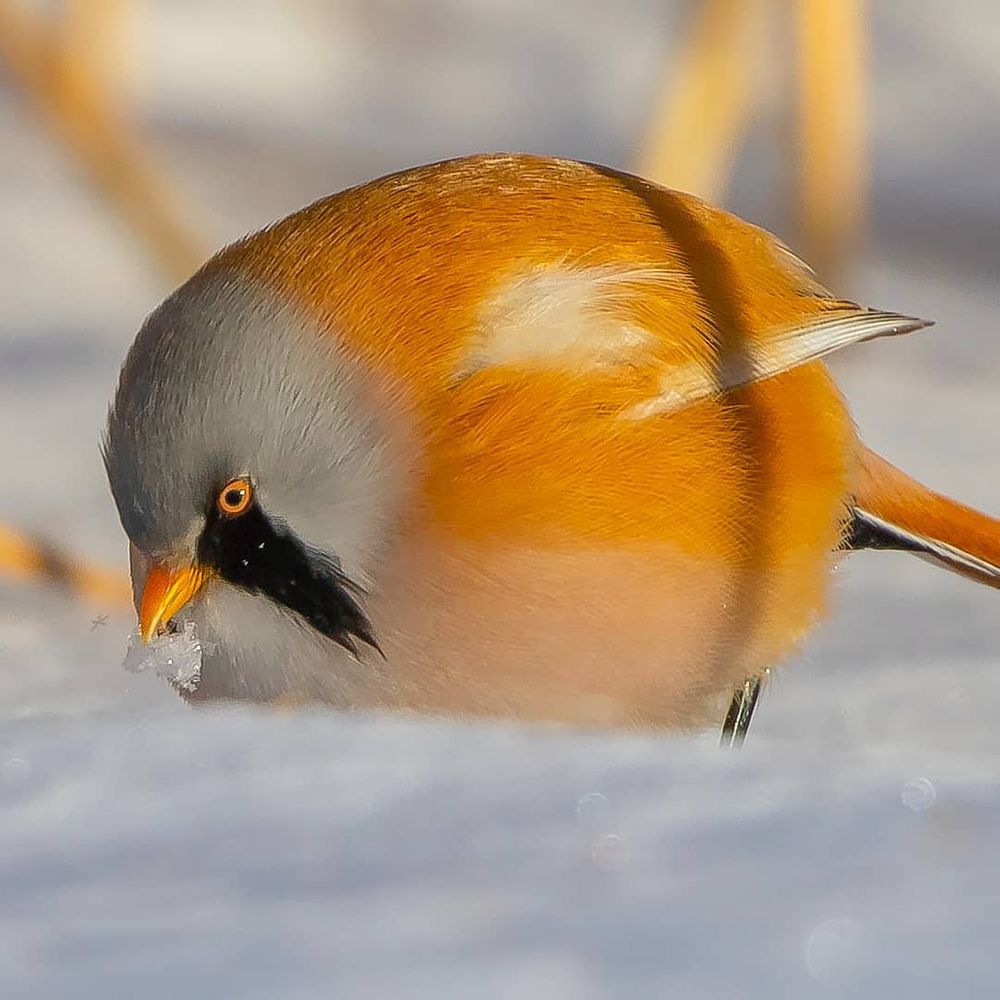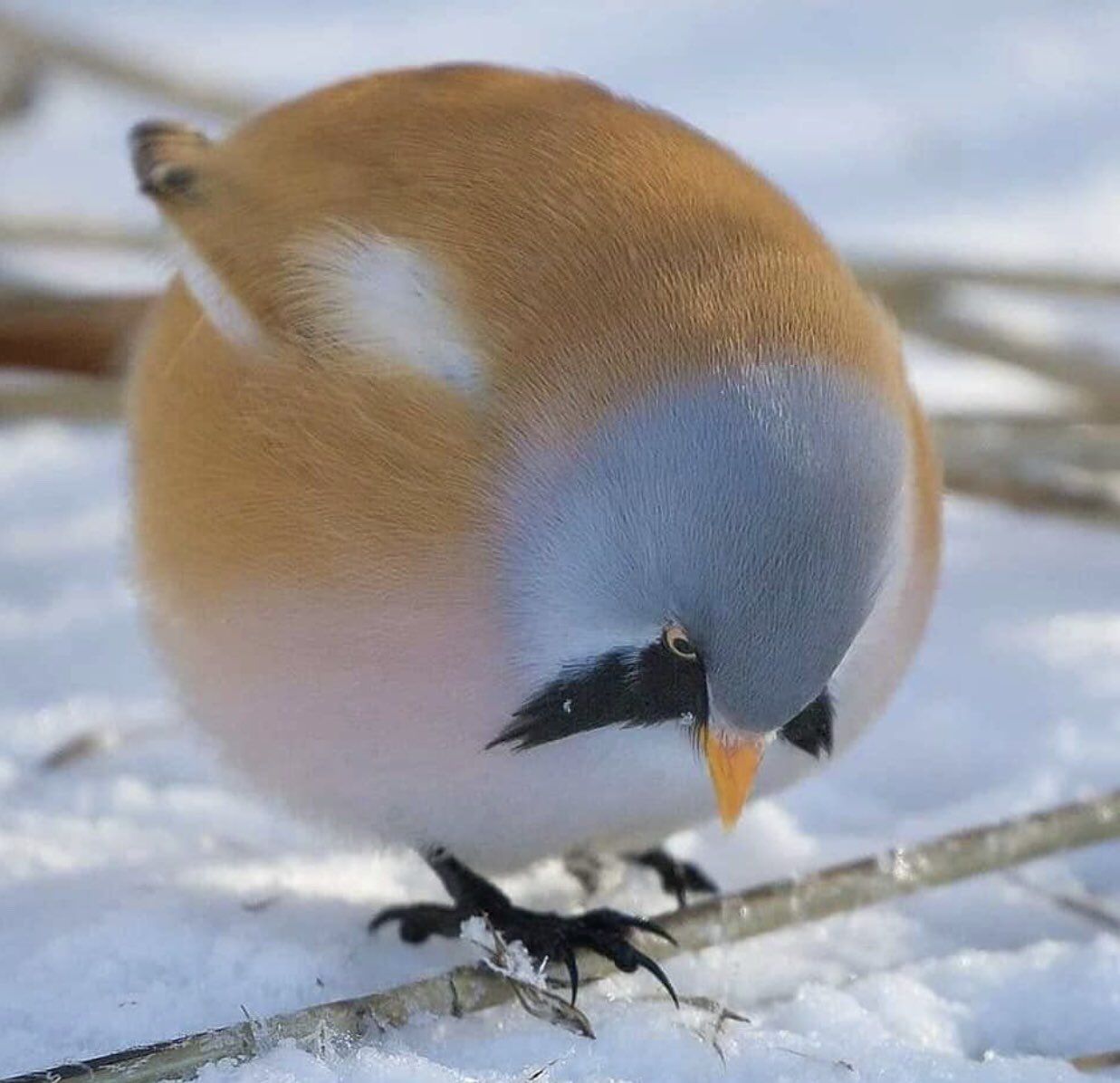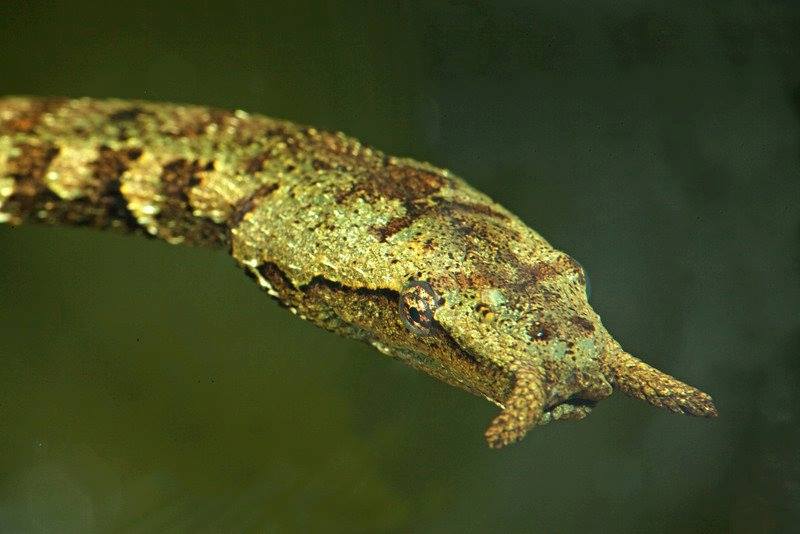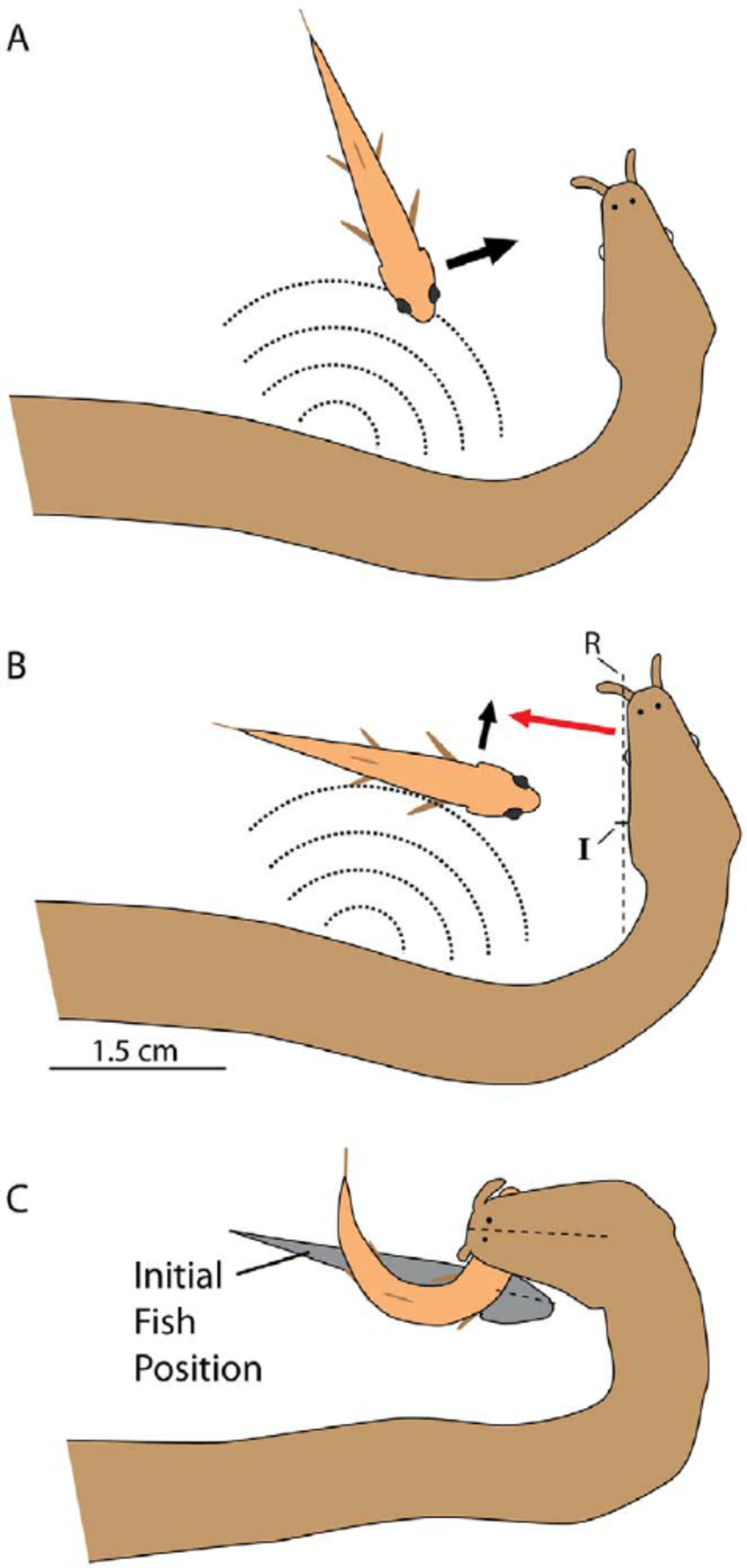Bees are winged insects closely related to wasps and ants, known for their roles in pollination and, in the case of the best-known bee species, the western honey bee, for producing honey. Bees are a monophyletic lineage within the superfamily Apoidea. They are currently considered a clade, called Anthophila. There are over 20,000 known species of bees in seven recognized biological families. Some species – including honey bees, bumblebees, and stingless bees – live socially in colonies while most species (>90%) – including mason bees, carpenter bees, leafcutter bees, and sweat bees – are solitary.
Bees are found on every continent except Antarctica, in every habitat on the planet that contains insect-pollinated flowering plants. The most common bees in the Northern Hemisphere are the Halictidae, or sweat bees, but they are small and often mistaken for wasps or flies. Bees range in size from tiny stingless bee species, whose workers are less than 2 millimetres (0.08 in) long, to the leafcutter bee Megachile pluto, the largest species of bee, whose females can attain a length of 39 millimetres (1.54 in).
Bees feed on nectar and pollen, the former primarily as an energy source and the latter primarily for protein and other nutrients. Most pollen is used as food for their larvae. Vertebrate predators of bees include primates and birds such as bee-eaters; insect predators include beewolves and dragonflies.
Bee pollination is important both ecologically and commercially, and the decline in wild bees has increased the value of pollination by commercially managed hives of honey bees. The analysis of 353 wild bee and hoverfly species across Britain from 1980 to 2013 found the insects have been lost from a quarter of the places they inhabited in 1980.
Human beekeeping or apiculture (meliponiculture for stingless bees) has been practised for millennia, since at least the times of Ancient Egypt and Ancient Greece. Bees have appeared in mythology and folklore, through all phases of art and literature from ancient times to the present day, although primarily focused in the Northern Hemisphere where beekeeping is far more common. In Mesoamerica, the Mayans have practiced large-scale intensive meliponiculture since pre-Columbian times
Bees may be solitary or may live in various types of communities. Eusociality appears to have originated from at least three independent origins in halictid bees. The most advanced of these are species with eusocial colonies; these are characterised by cooperative brood care and a division of labour into reproductive and non-reproductive adults, plus overlapping generations. This division of labour creates specialized groups within eusocial societies which are called castes. In some species, groups of cohabiting females may be sisters, and if there is a division of labour within the group, they are considered semisocial. The group is called eusocial if, in addition, the group consists of a mother (the queen) and her daughters (workers). When the castes are purely behavioural alternatives, with no morphological differentiation other than size, the system is considered primitively eusocial, as in many paper wasps; when the castes are morphologically discrete, the system is considered highly eusocial.
True honey bees (genus Apis, of which eight species are currently recognized) are highly eusocial, and are among the best known insects. Their colonies are established by swarms, consisting of a queen and several thousand workers. Africanized bees are a hybrid strain of A. mellifera that escaped from experiments involving crossing European and African subspecies; they are extremely defensive.
Many bumblebees are eusocial, similar to the eusocial Vespidae such as hornets in that the queen initiates a nest on her own rather than by swarming.
Most other bees, including familiar insects such as carpenter bees, leafcutter bees and mason bees are solitary in the sense that every female is fertile, and typically inhabits a nest she constructs herself. There is no division of labor so these nests lack queens and worker bees for these species. Solitary bees typically produce neither honey nor beeswax. Bees collect pollen to feed their young, and have the necessary adaptations to do this. Solitary bees are important pollinators; they gather pollen to provision their nests with food for their brood. Often it is mixed with nectar to form a paste-like consistency.
Megathreads and spaces to hang out:
reminders:
- 💚 You nerds can join specific comms to see posts about all sorts of topics
- 💙 Hexbear’s algorithm prioritizes comments over upbears
- 💜 Sorting by new you nerd
- 🌈 If you ever want to make your own megathread, you can reserve a spot here nerd
- 🐶 Join the unofficial Hexbear-adjacent Mastodon instance toots.matapacos.dog
Links To Resources (Aid and Theory):
Aid:
Theory:
